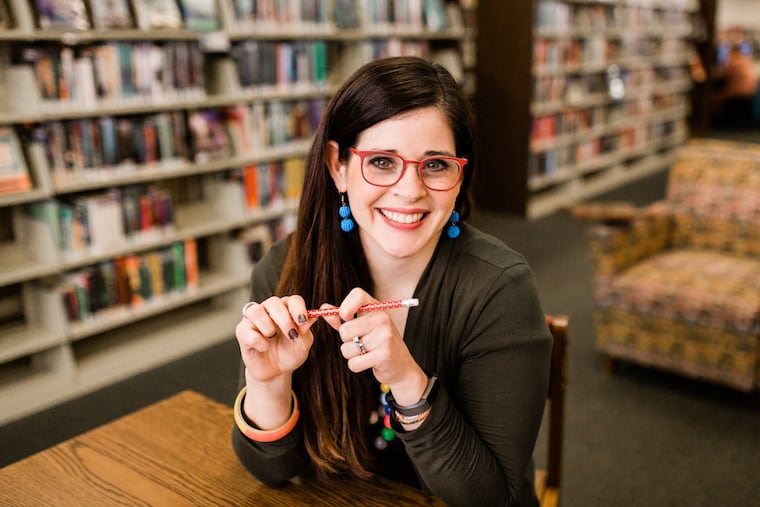Amid coronavirus stay-at-home order, healthy people are learning the ways of the sick | Opinion
“Social distancing” is what the world is calling this new-to-many experience as an effort to “flatten the curve” of coronavirus cases. But it became my “new normal” several decades ago when I was diagnosed with colon cancer in high school.

This afternoon as I stepped into the shower for, admittedly, the first time in a couple of days, I experienced a familiar flashback. It wasn’t the first time I’d not showered daily.
“Social distancing” is what the world is calling this new-to-many experience as an effort to “flatten the curve” of coronavirus cases. But it became my “new normal” several decades ago when I was diagnosed with colon cancer in high school.
As a cancer patient on chemotherapy and radiation, I found that this idea of “don’t touch people” was critical. I remember leaving the hospital after getting a shot of cold white blood cells into my rear and being encouraged to avoid people, scrub down fresh foods before eating, and stock up on paper towels to eliminate germs. My family’s scramble to protect my compromised immune system looked a lot like what most people are facing for the first time.
In a way, I feel as if I’m watching all of this unfold from a perch I’ve built out of unawareness of my own actions, something I’ve been building as a cancer survivor for more than 20 years. Even though I’m in remission and not facing active disease, I’m realizing that much of my daily life is still ruled by survival mode.
When you’re used to being on self-quarantine, you always keep a lot of toilet paper on hand. You’re careful to not spread germs. I’m always aware of how much food, medicine, and emergency funds I have readily accessible. I’ve learned to listen to my body for signs of stress and know to take action before I become ill. I learned long ago not to count on plans made in advance. I often have Plans B, C, and D in the back of my mind.
Quarantined life is not easy; it takes some time to adjust. For those who are struggling and suffering, I am truly sorry.
The world of the well is learning the ways of the sick.
» READ MORE: Philadelphia-area stores with dedicated hours for seniors, pregnant women and the immunocompromised
This goes beyond living in pajama pants and cozy socks. This fear of getting sick runs deep, it forces us to consider mortality, and if you’ve never had to face death, never mind planned your own funeral, as I have, it can be really challenging. It’s hard to experience what, until recently, seemed so remote becoming real and hitting home. It’s scary to ponder the financial future and wonder how mounting costs will be covered. Yet these are things chronic disease patients live with every day.
Sickness comes with grief; it’s appropriate to mourn. Immuno-compromised patients were (or should have been) stuck inside for weeks before the rest of America joined us. We can show the nation how this is done, and even become a source of strength for our hurting world.
Being unwell is scary and concerning, but these times don’t come without redemption and hope. There is life after sickness; this especially carries immense meaning if you’re a person of faith. As someone who spent several days in the cancer isolation room as a teenager, I can promise you this: Things are going to get better.
That doesn’t mean we won’t face loss. It doesn’t mean we shouldn’t grieve. But if I’ve learned anything from surviving cancer for more than half of my life it’s this: Our pain is fertile soil that can nourish ingenuity, connection, compassion, hope, faith, and love. Our earth, our bodies, and our souls were designed to heal. The sun will come out and the rain will fall. As a season of healing begins to take hold, I hope everyone can learn something patients already know: Do not take one day, one moment, for granted.
Danielle Ripley-Burgess is a two-time colon cancer survivor, and author of the forthcoming book Blush: How I barely survived 17. Read her blog at DanielleRipleyBurgess.com or follow on social media at @DanielleisB. This column appears through our partnership with Inspire.com, a healthcare-specific social social network with more than 2 million patients and caregivers.